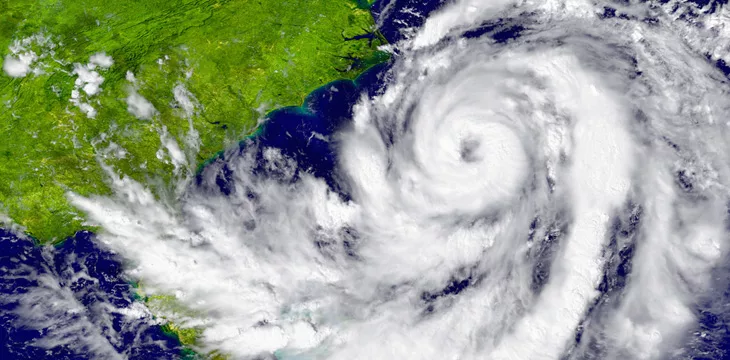|
Getting your Trinity Audio player ready...
|
National Aeronautics and Space Administration (NASA) and IBM Research (NASDAQ: IBM) have developed an artificial intelligence (AI) model designed to support a broad range of weather applications, which experts say could mitigate collateral damage in natural disasters.
The new model, dubbed the Privthi-weather-climate foundational model, features different functionalities for meteorologists and climate activists, setting the stage for increased reliance on AI.
As a foundational model, the offering is trained on data from the space agency’s Modern-Era Retrospective Analysis for Research and Applications (MERRA-2), allowing enterprises to fine-tune the model for a range of climate applications.
“Advancing NASA’s Earth science for the benefit of humanity means delivering actionable science in ways that are useful to people, organizations, and communities,” said NASA. “The rapid changes we’re witnessing on our home planet demand this strategy to meet the urgency of the moment.”
The model will allow researchers to make long-term climate projections and short-term weather predictions with a high degree of accuracy. NASA and IBM are mulling several applications for the foundational model for the end goal of preserving life on the planet.
The ability to spot impending natural disasters like hurricanes or tsunamis several weeks ahead will be crucial in reducing damage and saving lives. Early tests confirm proficiency in localizing forecasts to regions for nuanced predictions, with an improvement in imagery compared to present offerings.
It appears that NASA and IBM will adopt an open-source approach with their foundational model, allowing research institutions and enterprises to dabble with the offering via a low entry barrier. There are plans to release the model to the general public on the open-source platform Hugging Face in a valiant attempt to democratize AI technologies.
“Our open approach to sharing these models invites the global community to explore and harness the capabilities we’ve cultivated, ensuring that NASA’s investment enriches and benefits all,” read the statement.
Not the first rodeo
While AI is recording a barrage of use cases, weather applications are gathering significant steam in recent months with several frontline companies releasing their offerings.
In April, Google launched an AI model designed to improve the accuracy of weather forecasts while reducing computational costs for climate researchers.
Aware of the scourge of climate issues, India is leaning on AI to predict weather changes to mitigate the effects of drought, floods, and torrential rains, integrating blockchain technology to improve accuracy.
In order for artificial intelligence (AI) to work right within the law and thrive in the face of growing challenges, it needs to integrate an enterprise blockchain system that ensures data input quality and ownership—allowing it to keep data safe while also guaranteeing the immutability of data. Check out CoinGeek’s coverage on this emerging tech to learn more why Enterprise blockchain will be the backbone of AI.
Watch: Blockchain & AI—there should be confluence between these tech

 01-05-2026
01-05-2026 




